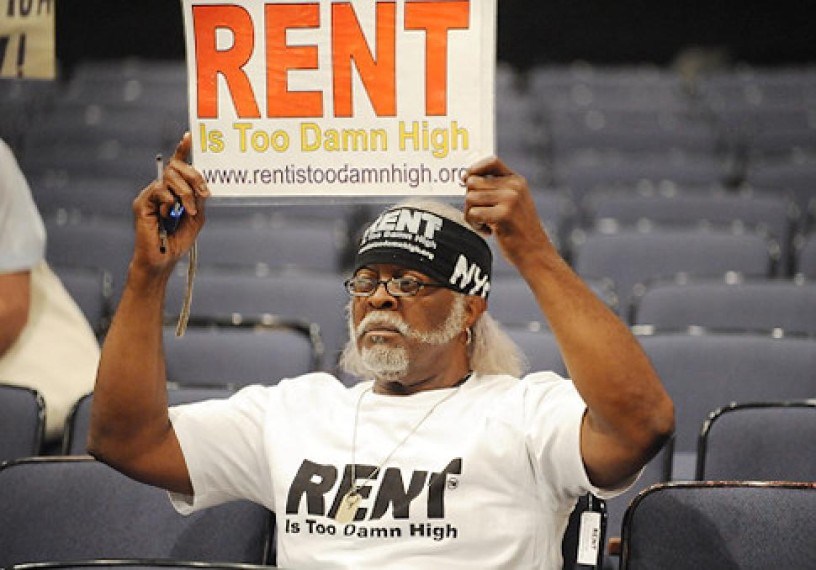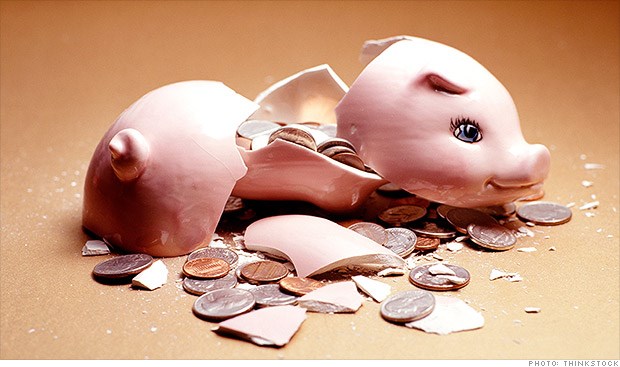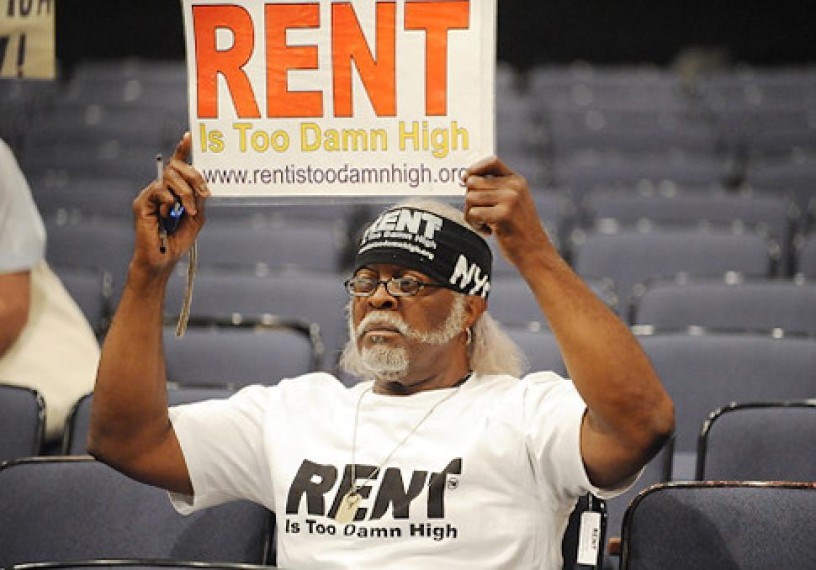 Are you a renter who struggles each month to make your rent? Well, if so, you're far from alone.
Are you a renter who struggles each month to make your rent? Well, if so, you're far from alone.
According to Harvard's State of the Nation's Housing 2015 report, one in three Americans struggle getting their rental checks in on time. Furthermore, living paycheck-to-paycheck is no longer a problem reserved for the poor when, now, one in five middle-class renter households (those making between $45,000-$75,000 a year) also are considered "cost-burdened" by their rents.

There are more renters now than in the history of America, while at the same time, we're in "the worst rental affordability crisis this country has ever known," said former Secretary of Housing and Urban Development Shaun Donovan in 2014.

By all accounts, the current rental crisis can be attributed to a confluence of three major events that have taken place over the last 15 years: 1. the housing crisis; 2. the Great Recession; and 3. wages that have not budged in over two decades (while median gross rents have increased 6% from 2000 to 2012, renter income has dropped 13% during that same period).
Add to that formula hyper-development of luxury apartments taking place in cities such as Los Angeles, San Francisco and New York City, rental prices are skyrocketing to levels out of the reach of its current residents.
The traditional rule of thumb is that rent and utilities account for no more than 30 percent of a renter's income. However, nearly half of American renters are paying more than that. In fact, one in four rental households spend over 50 percent of their income on rent.
An infographic assembled by affordableonlinecolleges.net shows that the average annual growth in renters nearly doubled from the 1990s to the 2000s and then more than doubled again, from the 2000s to 2013.
And this even includes surges across every age demographic, with the greatest increase amongst the 35-39 age group (when most people are purchasing homes). There even was an increase in rentals amongst senior citizens, where people 55 and older made up more than 40 percent of renter household growth in the last decade, according to the study.
Here are the percentages of increase in rentals from 2004 to 2013 broken down by age:
25 and under: 3%
25-29: 6%
30-34: 9%
35-39: 10%
40-44: 7%
45-49: 6%
50-54: 6%
55-59: 5%
60-64: 4%
65-69: 3%
The implications of this rental crisis for many middle- and lower-income people is, of course, a decrease in spending on other goods and services: Low-income families that spend more than half their income on housing spend about a third less on food, 50 percent less on clothing, and 80 percent less on medical care compared with low-income families with affordable rents, according to a report by the National Low Income Housing Coalition.
But rising rents show no sign of slowing, as long as there are plenty of upper-income renters looking for luxury apartments and hungry housing developers seeking to profit.
The bottom line is, if wages fail to budge, rent regulation laws are not properly enforced and developers are allowed to continue on their uncontrolled luxury housing development spree, within the next ten years, a total of 14.8 million Americans will be spending more than 50 percent of their household income on rent.




